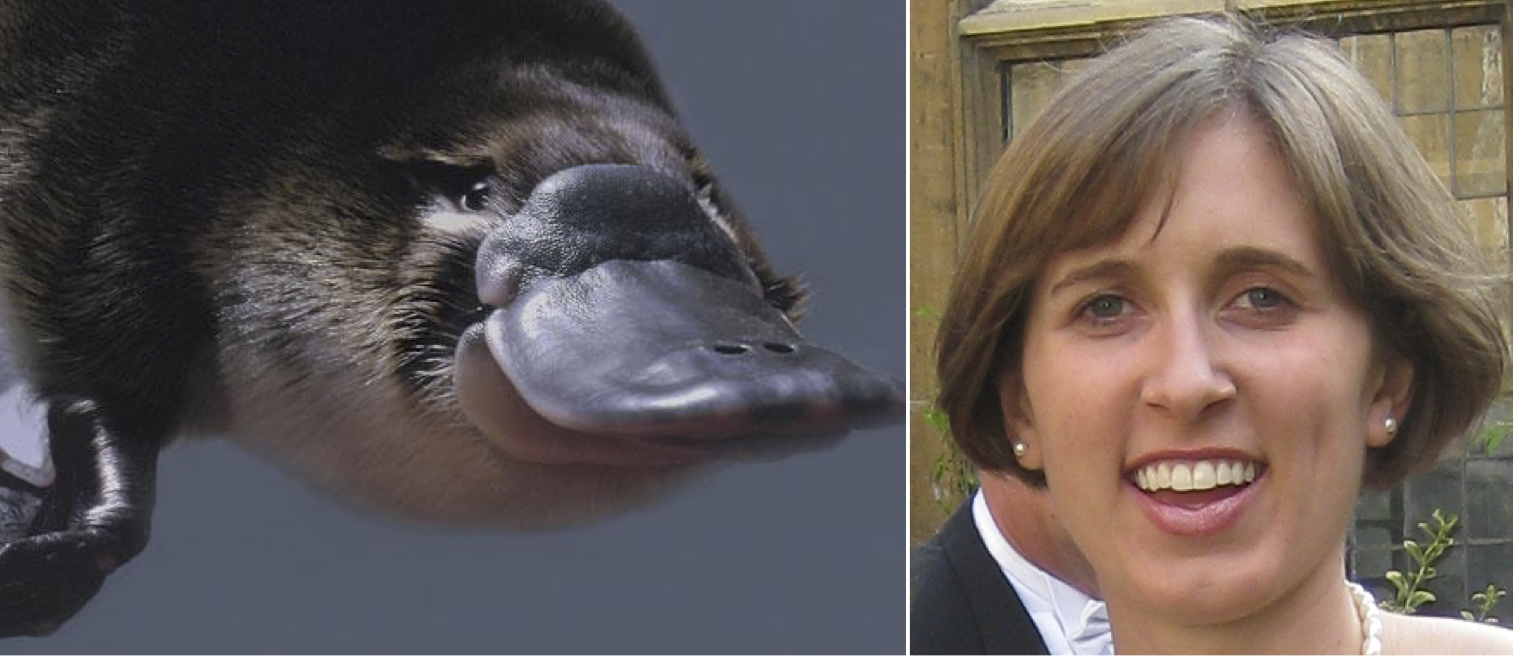Insights into sex chromosome evolution and population dynamics and history from whole-genome sequencing of platypus
As an egg-laying mammal, the platypus, alongside the echidna, occupies a unique place in the phylogenetic tree. Despite widespread interest in its unusual
Speakers
Event series
Content navigation
Description

As an egg-laying mammal, the platypus, alongside the echidna, occupies a unique place in the phylogenetic tree. Despite widespread interest in its unusual biology, little is known about its population structure and recent evolutionary history. To this end, we have sequenced 57 platypuses from across eastern Australia, in order to look at diversity in this species.
We identified several pairs of relatives amongst our samples, including a family quartet, which allowed us to estimate the de novo mutation rate, one of the first direct estimates made in a non-model organism. This finding sheds light on platypus dispersal, indicating that it is not uncommon for related individuals to remain in the same stretch of stream.
Our results show strong population structure in the platypus, with our sampling locations corresponding to discrete populations between which there is no evidence for recent gene flow, and much greater diversity between than within populations.
Analysis of historical effective population sizes with PSMC showed the distinct histories of different populations, including a strong bottleneck in Queensland, from which only the population in the Wet Tropics recovered, similar to what has been seen for rainforest species in that region during the Last Glacial Maximum.
We also used our data to investigate the platypus’ remarkable sex chromosomes. There are five X and five Y chromosomes which, in male meiosis, form a multivalent chain connected by nine pseudoautosomal regions (PARs). The Y chromosomes are missing from the reference genome, which was made from a female.
However, we recovered some Y sequences by examining sequence divergences where reads map to reference, and identified Y-specific sequences similar to their gametologs on the Xs, localized close to the PAR boundaries.
We find evidence for several much younger strata than had been previously reported (Cortez et al., Nature, 2014). Some of these seem to be segregating between or within river systems, possibly suggesting that the divergence of X and Y chromosomes is ongoing.
These results demonstrate the power of whole-genome sequencing for providing insights into the biology of a non-model organism with a poor reference genome.
Hillary Martin is currently studying the population genetics of the platypus, using whole-genome sequence (WGS) data to learn about demographic history, recombination and selection. She is also working on aspects of the WGS500 project, a large medical sequencing project at the Wellcome Trust Centre for Human Genetics, focusing on some Mendelian neurological diseases, particularly early infantile epilepsies.
Location
Gould Seminar Room (Bldg 116), ANU
